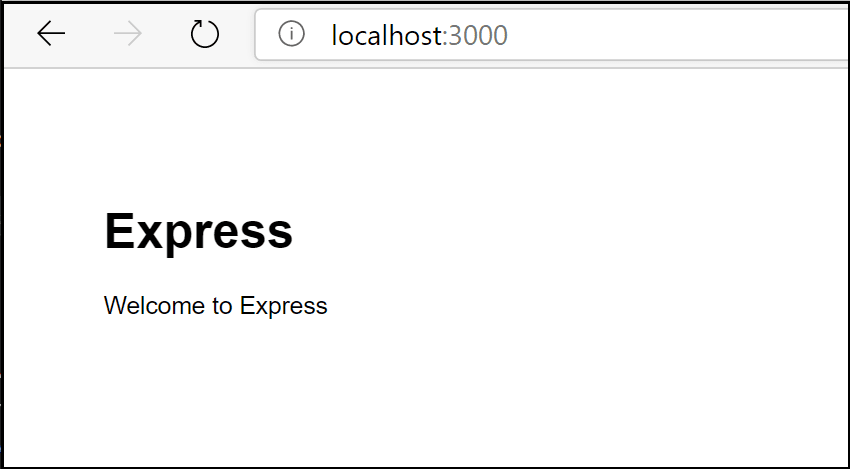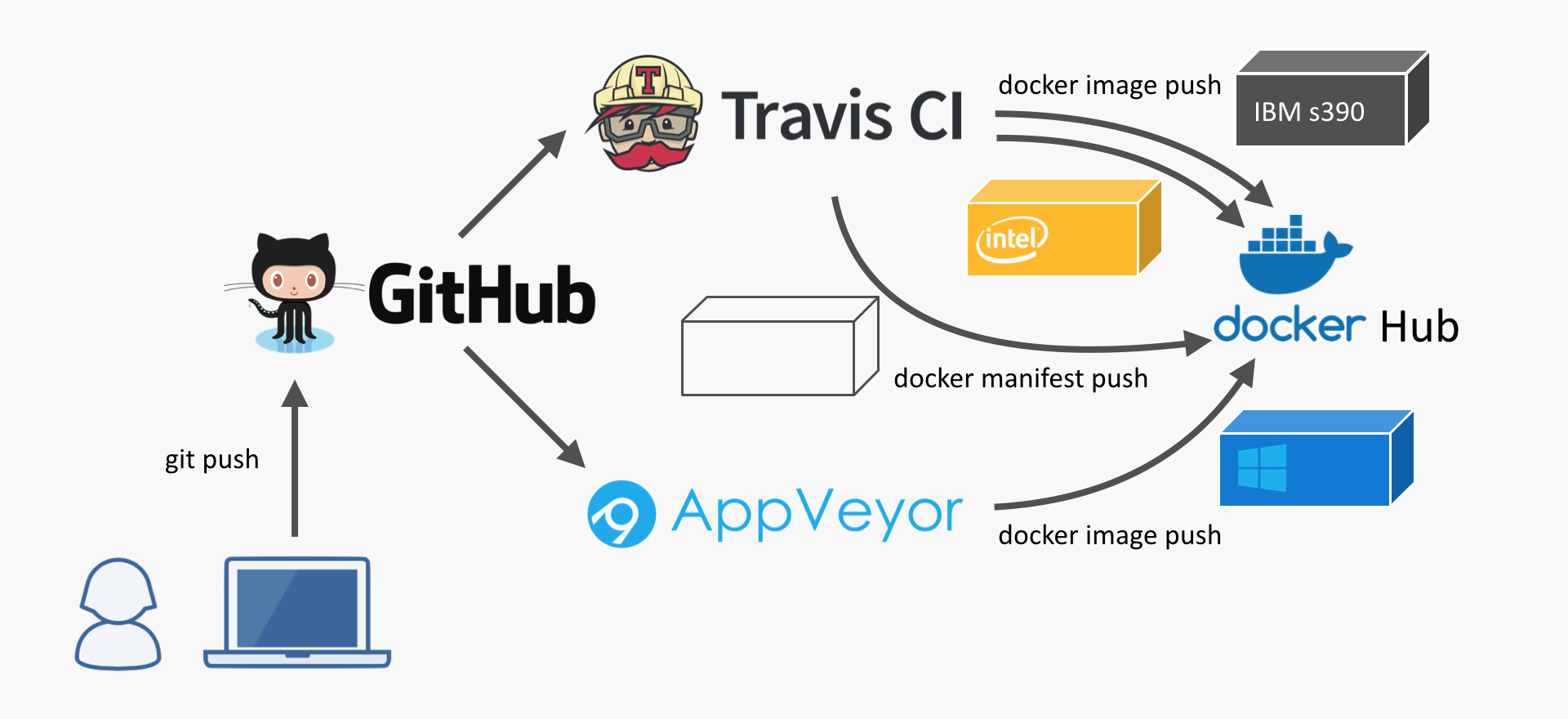
- #NODE JS WINDOWS DOCKER IMAGE INSTALL#
- #NODE JS WINDOWS DOCKER IMAGE DRIVER#
- #NODE JS WINDOWS DOCKER IMAGE FULL#
- #NODE JS WINDOWS DOCKER IMAGE CODE#

#NODE JS WINDOWS DOCKER IMAGE DRIVER#
Docker Networks - Bridge Driver Network.More on docker run command (docker run -it, docker run -rm, etc.).Docker image and container via docker commands (search, pull, run, ps, restart, attach, and rm).Working with Docker images : brief introduction.Nginx image - share/copy files, Dockerfile.Removing network node-mongodb-docker-compose_defaultĪs we can see it removes not only the containers but also the network created by the docker-compise up command. Removing node-mongodb-docker-compose_node_1. Removing node-mongodb-docker-compose_mongo_1. Stopping node-mongodb-docker-compose_node_1. Stopping node-mongodb-docker-compose_mongo_1. To tear down our containers, we need to use docker-compose down: So, the data persists and we can continue to add items even after we re-run the containers: Local node-mongodb-docker-compose_mongodb Note that the data persists since we're using Docker volume (named volume) which is the preferred mechanism for persisting data generated by and used by Docker containers:
#NODE JS WINDOWS DOCKER IMAGE CODE#
Note that we need to use -build if any changes have been made to our Node code (such as views/index.ejs or index.js) since it tells the compose to rebuild the image for our node container. doneĬONTAINER ID IMAGE COMMAND CREATED STATUS PORTS NAMESġ66efd4e492b mongo "docker-entrypoint.s…" 30 seconds ago Up 29 seconds 0.0.0.0:27017->27017/tcp node-mongodb-docker-compose_mongo_1ģ4073f1926e1 node-mongodb-docker-compose_node "docker-entrypoint.s…" 30 seconds ago Up 29 seconds 0.0.0.0:80->3000/tcp node-mongodb-docker-compose_node_1 doneĬreating node-mongodb-docker-compose_node_1. Successfully tagged node-mongodb-docker-compose_node:latestĬreating node-mongodb-docker-compose_mongo_1. Ĭreating network "node-mongodb-docker-compose_default" with the default driverĬreating volume "node-mongodb-docker-compose_mongodb" with default driver
#NODE JS WINDOWS DOCKER IMAGE INSTALL#
This works exactly the same as if we were running npm install locally on our machine,īut this time these Node modules will be installed into the node_modules directory inside our image. We can use the RUN command to execute the command npm install.
#NODE JS WINDOWS DOCKER IMAGE FULL#
This way we do not have to type out full file paths but can use relative paths based on the working directory.

We can declaratively do that in the Compose file. Basically, the Compose file maps the docker run command(s) into a file and it is so convenient as we do not have to type all the parameters to pass to the docker run command.


 0 kommentar(er)
0 kommentar(er)
